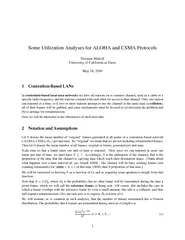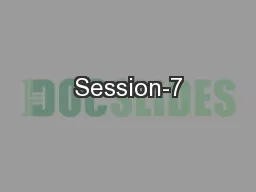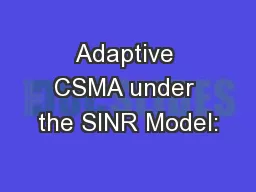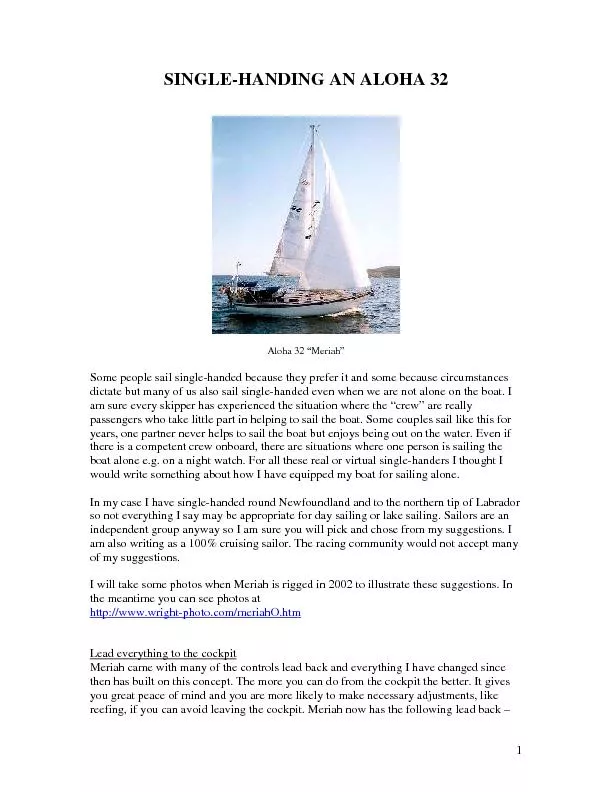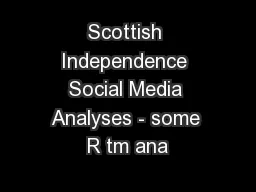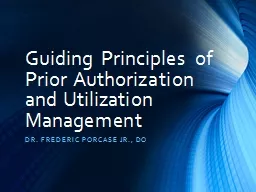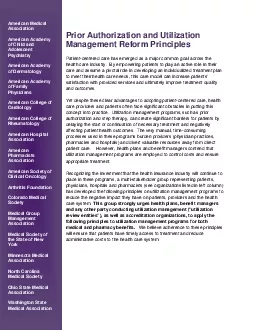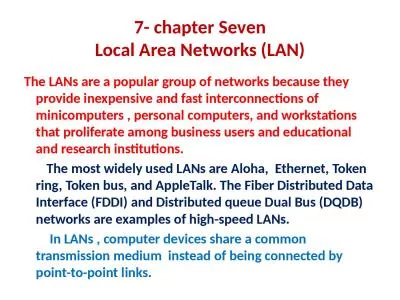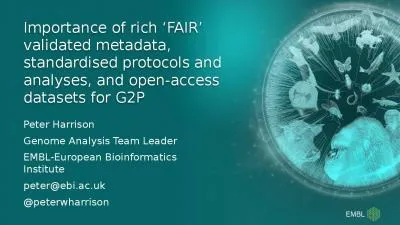PDF-Some Utilization Analyses for ALOHA and CSMA Protocols
Author : natalia-silvester | Published Date : 2015-04-27
Only one station can transmit at time so if two or more stations attempt to use the channel at the same time a collision all of their frames will be garbled and
Presentation Embed Code
Download Presentation
Download Presentation The PPT/PDF document "Some Utilization Analyses for ALOHA and ..." is the property of its rightful owner. Permission is granted to download and print the materials on this website for personal, non-commercial use only, and to display it on your personal computer provided you do not modify the materials and that you retain all copyright notices contained in the materials. By downloading content from our website, you accept the terms of this agreement.
Some Utilization Analyses for ALOHA and CSMA Protocols: Transcript
Download Rules Of Document
"Some Utilization Analyses for ALOHA and CSMA Protocols"The content belongs to its owner. You may download and print it for personal use, without modification, and keep all copyright notices. By downloading, you agree to these terms.
Related Documents

